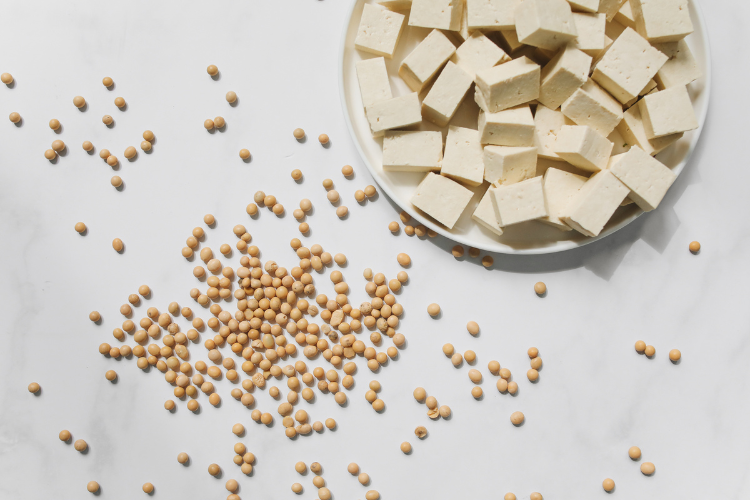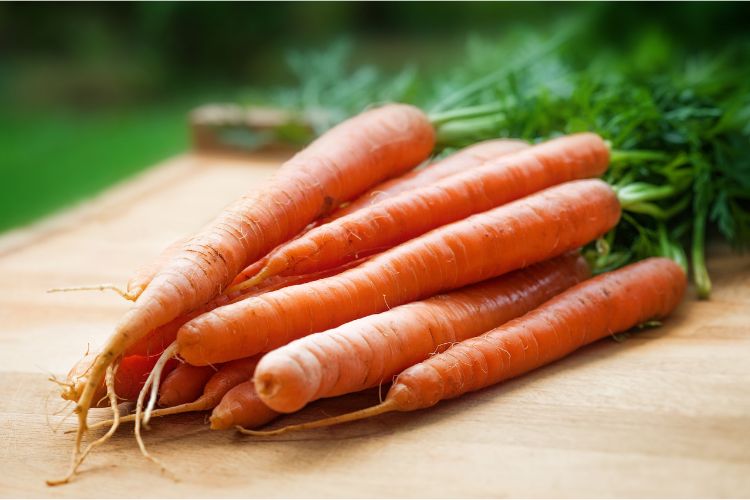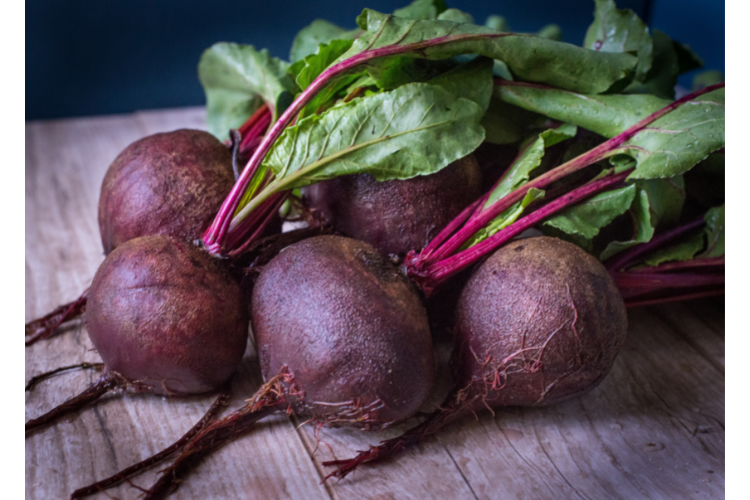Pectin may not be the most glamorous topic, but it is important. In my post, “Pectin Effects On The Human Body,” I go into detail about the vast benefits of pectin. However, now we need to take a closer look at what benefit, if any, fermenting said pectin results in. Join me for a discussion on fermented pectin and it’s benefits!
Pectin Review

In case you haven’t read the aforementioned post, here is a quick review on pectin.
What is Pectin?
Pectin is a soluble fiber found in fruits and vegetables. It is a polysaccharide, which is a non-digestible sugar. According to this article, pectin varies in its structure, composition and amount. All these variables are dependent on where the plant is in its life cycle, what part of the plant it is, and even the type of plant. In the day to day, pectin is normally recognized in powder form and is added to jams for it’s thickening properties.
Amazingly enough, pectin is found in all green plant cell walls! That means you will find it in fruits, but also in vegetables. The concentration of pectin will depend on the previously mentioned variables.

Pectin Effects On The Human Body
The variance in pectin structures all contribute to how “effective” pectin is in the human body. A few examples might be:
- How well does it gel and thicken
- How does a particular pectin structure interact with microbes in the intestines
- How does it engage toxins
In my post on how pectin acts in the human body, we discovered that it aids in many key areas of health.
- Digestion support
- Weight loss and management
- Lowering cholesterol
- Lowering blood sugar
- Reducing cancer risks
- Flushing heavy metals from the body
Pectin In Fermentation
Now that we’ve covered the many amazing aspects of pectin effects on the human body, let’s look at fermented pectin and it’s benefits through the lens of various ferments.
- For clarification, I do want mention that pectin is one of the main types of fiber, so while many research articles are looking at fiber overall, they might not specifically mention pectin. However, since pectin is a subset of fiber, it is still relevant to our discussion.
Pectin in Fermented Soy

In a research article on rats, soluble fiber was collected from fermented soybeans. The soybeans were fermented utilizing the microorganism Neurospora crassa. Utilizing the fermented soluble fiber resulted in more beneficial bacteria, it increased the bacterial diversity, and provided a better environment for the intestinal microbiome. Of course this was all compared to the control group.
- As a side note, I have written about mold and ferments in previous posts. This would be one of those exceptions. Neurospora crassa is a red bread mold, however it has undergone extensive testing and doesn’t have any causational markers for harm to the human body.
Pectin in Fermented Carrots

This research article used rats to look at the possibility of regulating diabetes type 2 with the benefits of fermented carrot juice. After being fermented, the carrot juice benefited from:
- An increase in nutrient availability for absorption (as opposed to nutrients being stuck in the plant cell walls)
- Increase in organic acid, which kills the bad microorganisms and helps the good ones
- Increase in short-chain fatty acids which helps maintain gut health
The positive changes for the diabetic rats occurred all the way down to the mRNA and protein levels. The genes that act on how glucose is metabolized in the body were regulated! In simpler terms, their bodies were treating sugar like healthy rats. This is not something that would occur with regular carrot juice alone; the fermentation process and byproducts helped make this more than a healthy drink. Fermented pectin has health restorative benefits.
Pectin in Fermented Beets

Another research article discussing fermented beetroot juice looked at it’s effects on rats with various diets. Four groups of diets were studied. A control group, a group given a toxin, a group with fermented beet juice, and a group with the fermented beet juice and the toxin. The results showed that overall, the group given fermented beet juice had an increase in blood antioxidant capabilities. In addition, the fermentation groups had the lowest amount of ammonia in their digestive system. This is important to gut health because ammonia is harmful to the cells lining the digestive tract walls.
There was a decrease of a particular beneficial bacteria which occurred in the group receiving fermented beet juice and toxins. It was hypothesized that this is due to it’s ability to absorb toxins. The decrease in number might be a side effect of that action. Additionally, other certain bacteria help produce/lead to the production of an increase in mucous, which is beneficial for the digestive track walls.
Lastly, another study on beet juice shows that ingesting fermented beetroot juice decreases the formation of tumors.
High Fiber Versus High Fermented Diet

There is a fantastic research article describing a randomized study on high fiber versus high fermented diets. This study looked at 36 individuals over the course of a 17 week protocol/intervention. The generally healthy adults were divided into two groups. One to consume a high fiber diet, and one to consume a high fermented diet. Here are the results:
- High Fiber Group
- Increase in stool softness
- Microbial diversity stayed constant
- Increase in amount of microbes
- Increase in carbohydrates in stools
- Ultimately no change in inflammatory markers
- High Fermented Group
- Increase in bloating during the 3-4 week “ramp up” phase -subsided afterwards
- Increase in microbial diversity
- Decrease in inflammatory markers
Overall, the high fiber diet didn’t do quite as well as the high fermented diet. While there were positives in regards to increasing fiber, the high fermented group increased the microbial diversity and decreased inflammatory markers. This has a huge correlation in addressing chronic inflammatory diseases and indicators of improved overall health. Also of note is the high fiber groups increase in carbohydrates in stools. This indicates an incomplete fiber breakdown by the current microbes. The study ended with a hypothesis that if both diets were combined, an even better health benefit would result.
Review
The sampling I chose to discuss on fermented pectin and it’s benefits are just a small amount compared to the research out there. The pros of fermenting vegetables high in pectin (or really any vegetable!) is clearly seen, especially by research with a comparative group. All of the benefits of pectin are increased exponentially with the act of fermentation. While not every vegetable will create the exact same type of bacteria, that is a good thing. This allows variety for different bacteria to do different things and support a well balanced digestive system. Coming soon will be specific recipes for great beginner vegetable ferments!


Leave a Reply